What to expect when flying domestically during the coronavirus era
If you need to catch a flight within Australia in the coming months and maybe into next year, here's the new shape of travel.
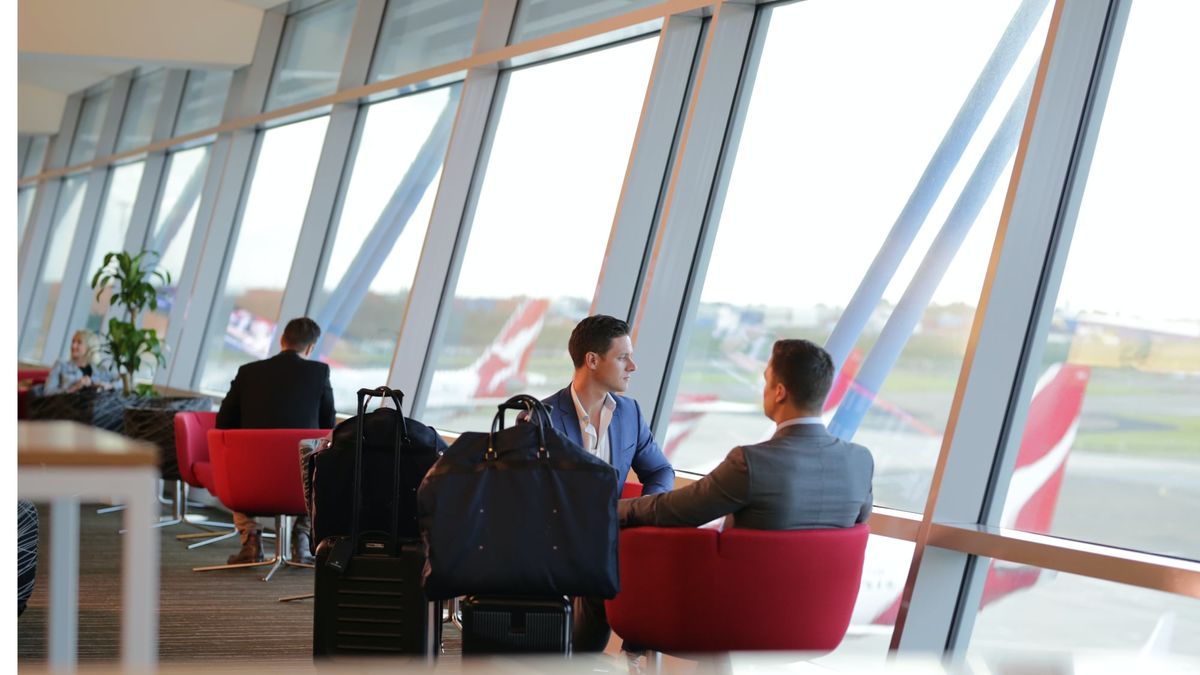
Slowly and steadily, travel restrictions are beginning to ease – which in turn will put domestic flights back on the radar for more and more people, beyond those who are already flying for 'essential reasons'.
However, for at least the short-to-medium term, you can expect a very different experience compared to how domestic flights used to be.
Research border restrictions before you book
At the time of writing, several Australian states and territories have some degree of border restrictions in place.
While New South Wales, Victoria and the ACT remain open, South Australia, Tasmania and the Northern Territory will non-essential travellers through but impose a mandatory 14-day quarantine.
And while South Australia lets you choose where to spend that quarantine period, the NT specifies a designated quarantine location nearest to your point of arrival, and at your own expense. Tasmania let residents confine themselves at their home, but non-residents must spend 14 days at a government-provided accommodation.
The strictest states are Queensland and Western Australia – only residents and essential travellers are allowed past the border, with special exemptions required.
Queensland residents and essential travellers need to apply for the Queensland Entry Pass; those heading to WA should apply for the G2G Pass. 14-day quarantine requirements may still apply in both states, depending on your purpose of travel.
Flying to Norfolk Island or the Indian Ocean Territories? You'll need to be a resident or approved essential personnel before being able to travel there.
The Department of Health provides the latest information on all state and territory closures.
What to expect before the flight
Once you're clear on the border rules and good to travel, it's time to book the flights.
This might be easier said than done, as both Qantas and Virgin Australia have trimmed their flights to a skeleton schedule. There are still direct flights between most mainland capital cities, but at nowhere near the frequency they used to be – and some cities have no direct flights at all.
One example is travel between Brisbane and Perth. The border closures of both states has reduced travel to such an extent that neither Qantas or Virgin Australia offer direct flights between the two cities until mid-June at the earliest, so you'll need to find a one-stop connection via Sydney or Melbourne.
It's advisable to have your most up-to-date contact details included in the booking in case your flight details change or someone on your flight later tests positive for coronavirus.
In that regard, the Australian Government also advises everyone to download the COVIDSafe app. It doesn't require your address and doesn't track your location. Instead, it uses Bluetooth to note when you come into contact with other users of the COVIDSafe app.
If an app user eventually tests positive for coronavirus, then it'll be much easier for health authorities to also inform you, so you can take appropriate measures to stay safe.
What to expect at the airport
One thing you probably shouldn't expect are crowds – airports are almost empty, which certainly helps when it comes to keeping your distance from others.
With the aim of minimising human interaction, airlines are encouraging passengers to check-in online or through their app before reaching the airport, and to use self-serve luggage drop facilities.
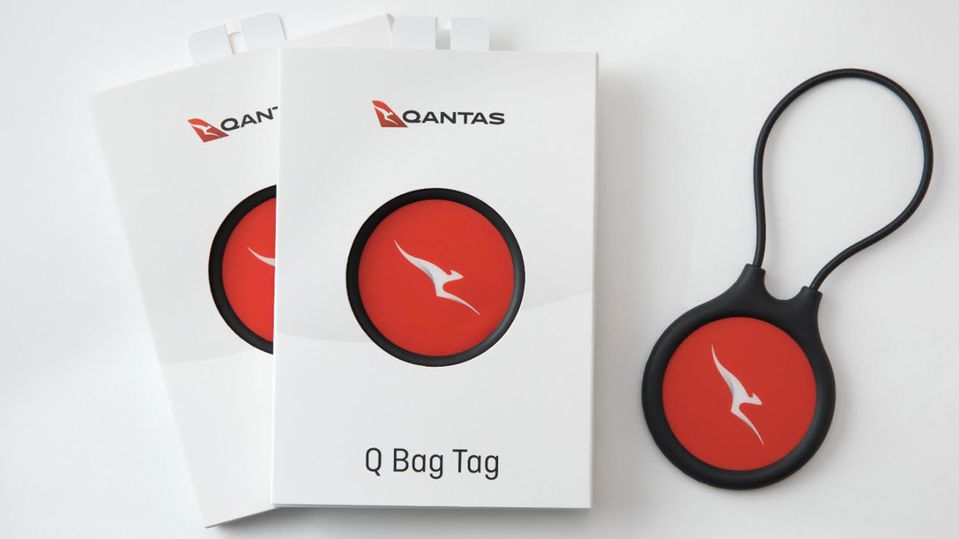
Some airports will have temperature screening at checkpoints. If your temperature is noted to be too high, you'll be directed to a nurse for a more accurate reading. If you do happen to have a fever, your operating airline will have the final say on whether you travel today or not.
What to expect at the airport lounge
Airport lounges are currently closed, but are expected to reopen shortly in states and territories where lockdown laws have loosened.
In the early days, Qantas is likely to open only one class of lounge – either a Qantas Club or a Qantas Business lounge – in any mainland capital city, and all eligible travellers will be directed to that lounge. But social distancing measures will mean those lounges will have less furniture and reduced capacity, meaning that some lounge-worthy passengers could be turned away.
Self-serve food and drink, including buffets and DIY toasted sandwiches, will be replaced by boxed meals and packaged, pre-wrapped snacks.
For example, prior to the current close-down, Virgin Australia's domestic lounges had moved to a ‘no touch’ dining set-up: rather than helping themselves, guests seeking hot food would ask a staff member manning the counter to serve them their choice, which avoided passengers handling any shared utensils.
Read more: Five ways airport lounges will change when travel resumes
If lounge access isn't an option but you'd like a snack before flying, consult your airport's COVID-19 updates page to see which retail f&b outlets are operating. This will be particularly important on longer flights, as onboard catering will be limited.
What to expect during the flight
Head to the departure gate a little earlier than usual and allow more time for boarding, as social distancing will slow up the boarding process – passengers won't be allowed to queue so closely together, and will probably be called for boarding sequentially based on their seat numbers.
Qantas and Virgin Australia have cut down their inflight food and drink service. Snacks and water will be offered in economy, although business class guests may enjoy a wider range of food and beverage options. We strongly suggest making BYO your new inflight meal strategy.
With inflight magazines and WiFi discontinued for now, bring your own reading material and entertainment.
Cabin crew may be wearing some form of personal protective equipment and reduce contact with passengers. Masks and sanitising wipes (or gel) are available on request with both airlines.
In terms of seating, Virgin Australia has a 'middle seat free' policy which is in action until further notice. Family groups may still request the middle seat if wanted, but it will otherwise be blocked out during online check-in.
For the record, Qantas doesn't plan to block middle seats on domestic flights, arguing that 'the data shows that actual risk of catching coronavirus on an aircraft is already extremely low.'
"That’s due to a combination of factors, including the cabin air filtration system, the fact people don’t sit face-to-face and the high backs of aircraft seats acting as a physical barrier," explained Qantas Group Medical Director Dr Ian Hosegood.
What to expect after the flight
The arrivals process will depend on which state or territory you're flying into. There will be an increased police presence at most terminals.
If you're flying into a place with border restrictions, such as Brisbane or Perth, then there will be a checkpoint before you can leave the airport.
In some states, an arrivals form needs to be filled out. This can be printed and done in advance for Tasmania and the Northern Territory.
If you need to go into quarantine for 14 days, then you'll be transferred to the government accommodation or directed to proceed straight to your designated location for home quarantine, depending on the state/territory and your reason for entry.
Otherwise, you'll be simply free to leave the airport and carry on with your day. But be sure to check entry requirements before flying back, as border restrictions can change while you're on a trip.
Also read: Who is exempt from Australia's international coronavirus travel ban?
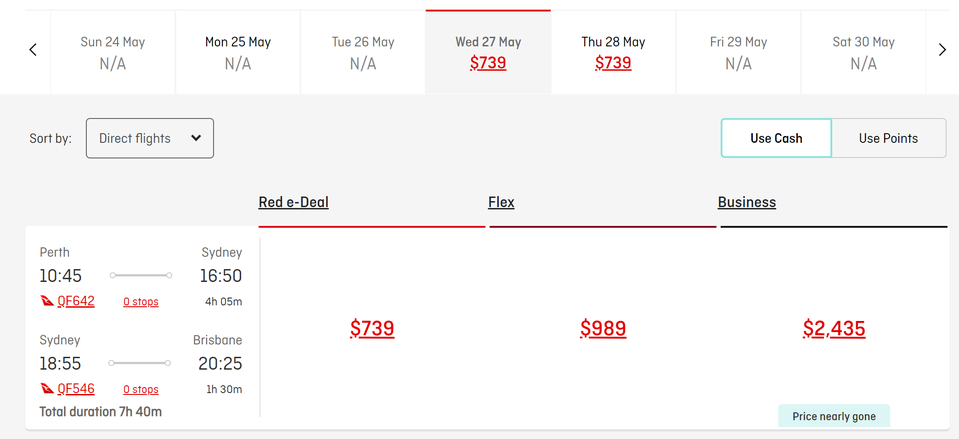
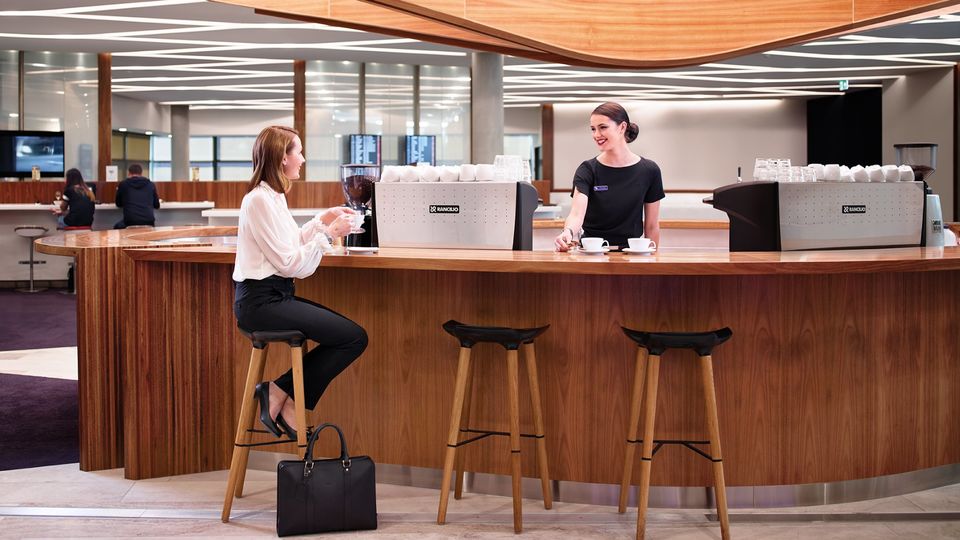
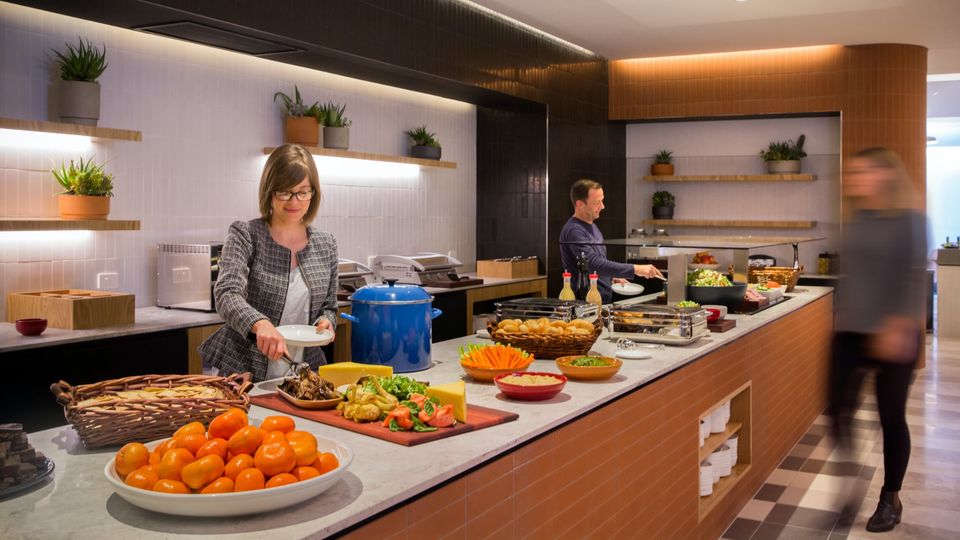
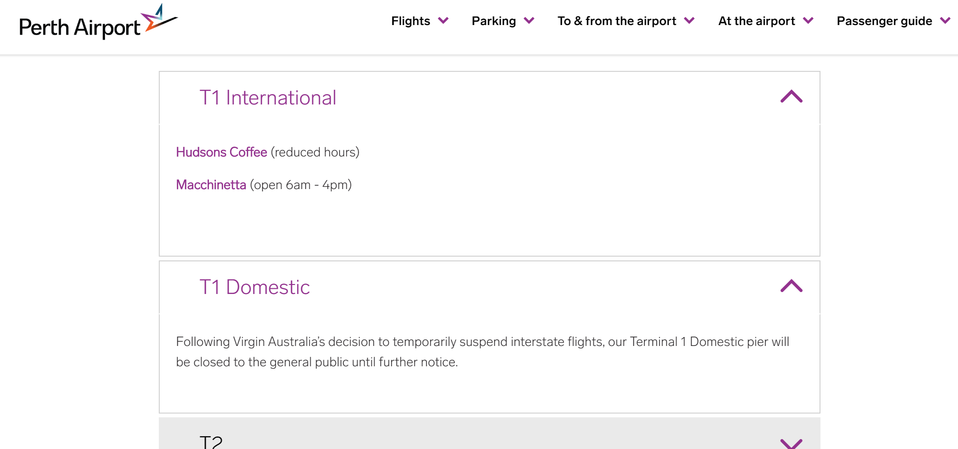
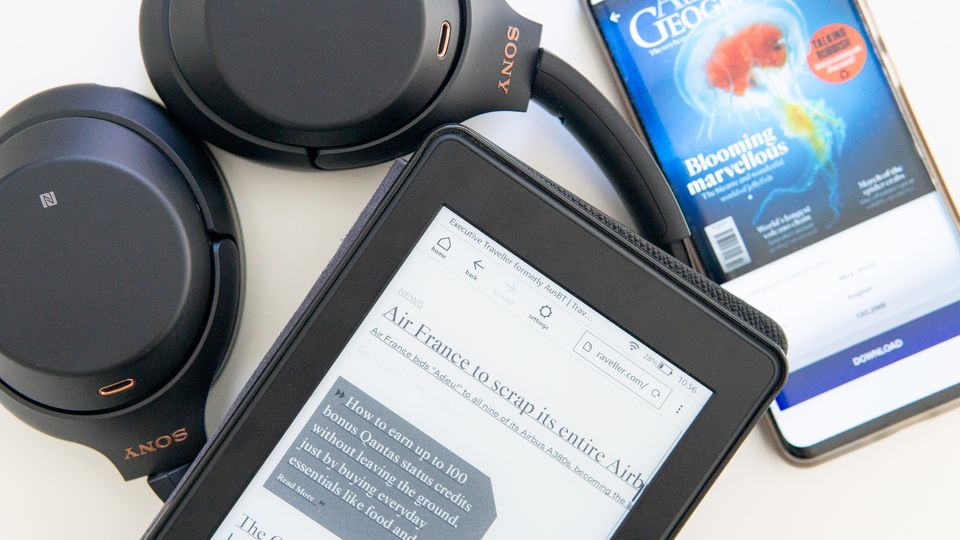

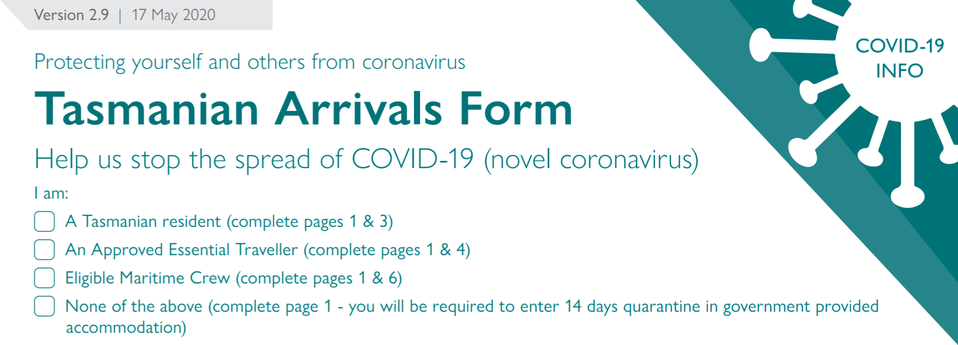

Qantas - Qantas Frequent Flyer
07 Aug 2013
Total posts 248
$739 one way Perth to Brisbane is considered a Red-e deal?!? Assume AJs promise of low fares will kick in soon...
Jetstar Airways - Qantas Frequent Flyer
14 Jan 2017
Total posts 68
AS mentioned in the article there are no direct flights to the two states with closed borders with a skeleton flight schedule all round so transiting through Sydney you are paying for 2 sectors. Don't blame the airlines for that as its purely demand driven. As for prices if you look at July Sydney to Melbourne red-e flights are plentiful at $160 which if memory serves me right is the usual pre-covid price. I really don't get the sentiment against Alan Joyce.
Qantas - Qantas Frequent Flyer
04 Mar 2014
Total posts 204
Cant wait...what fun awaits
NZ
13 Aug 2016
Total posts 64
Surely Qantas will turn the IFE and WIFI back on soon?
I flew on NZ today on an A321NEO are both were enabled for free, surely Qantas can afford this.
24 Aug 2011
Total posts 1224
I agree that WiFi should be turned back on but understand why IFE has been restricted. QF and all airlines pay fees for content to film producers etc and, with incredibly low passenger numbers, it doesn't make sense to continue to offer these at a time when cost containment is so essential. I guess if airlines can come to an agreement with suppliers for reduced fees whilst these low numbers persist, they may be more amenable to reactivating the feature.
01 Apr 2014
Total posts 114
The COVIDSafe phone app uses bluetooth to track close contact information, which is defined by the app as being within 1.5m distance for 15 minutes or more. Given most phones will turn off bluetooth when put into flight mode, it won't necessarily identify your proximity to somebody for 15 minutes if you are in flight mode whilst underway. Seems to be a flaw in the process? At least the airline will have records of all passengers on the flight should somebody be positive; assuming they decide to do the right thing and advise authorities they were on a flight.
Jetstar Airways - Qantas Frequent Flyer
14 Jan 2017
Total posts 68
Covid safe app was never designed for use on aircraft so there is no flaw. The standard industry practice and one followed by all health authorities is to contact trace all those seated 2 rows in front and behind the infected passenger. They also publish which flights were affected eg https://www.health.nsw.gov.au/Infectious/covid-19/Pages/flights.aspx. Airlines will routinely make the passenger manifests available to health authorities for contact tracing purposes.
Virgin Australia - Velocity Rewards
06 Mar 2015
Total posts 232
As I have already mentioned in a previous thread I flew VA Perth-Melbourne-Brisbane Last Tuesday in Business.
Everything Brandon has said re. Boarding, on board and arriving is correct.
My big disappointment was the complete lack of food.
The snack that's offered is just a packet of peanuts, that's it!! The only saving factor is that 178 mil bottles of wine are available .
After the Government Subsidised services finish on June 11th I hope VA improve their Business Class meal service as it is quite expensive and at this time is nowhere near value for money.
I know times are tough but surely they can do better than a packet of peanuts for a meal.
Qantas
19 Apr 2012
Total posts 1429
Rod the COVID situation means only packaged food; so don't expect anything too flash.
Qantas
19 Apr 2012
Total posts 1429
Regular flyer getting to LA may be one thing getting back without a couple of weeks in a hotel may be another.
Virgin Australia - Velocity Rewards
06 Mar 2015
Total posts 232
patrickk.
There's a lot of quite reasonable food already packaged that would and should be offered.
Surely paying a J fare and getting a small packet of peanuts could not in any way be justified given so many other options..
I sincerely hope that if VA do continue after June 11th whilst waiting for the rescue to take place and subsidies cease they offer something far more reasonable.
Thai Airways International - Royal Orchid Plus
15 Jan 2013
Total posts 461
i don't mind self catering if flying virgin or qantas.in adelaide there's a hungry jacks or asian places for food and drink prior to getting on the plane.ex sydney both airlines have food courts or fast food places in the terminals better than what the plane food is.option b that exists is subway or maccas.
Hi Guest, join in the discussion on What to expect when flying domestically during the coronavirus era